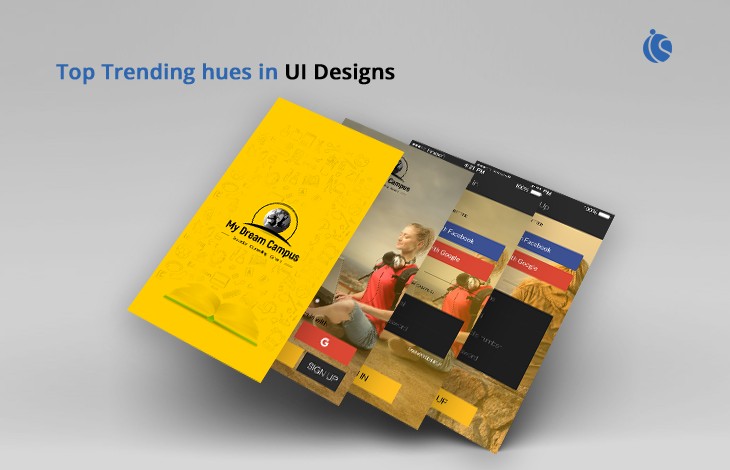BLOG DESCRIPTION

The Anatomy Of A Perfect Website
A website is one of the most important assets for any modern business, and it serves as the hub for your entire digital marketing campaign. A well designed website can help to give credibility to your business and boost your sales immensely. Today, many businesses use a content management system (CMS) to make updates, maintenance, and content publication a far quicker and easier process, and since it is precisely great content which makes any digital marketing campaign tick, this is by far the best way to go. When designing the perfect website for your business, you will need to consider functionality, content, search engine optimization and versatility among other factors. This brief guide provides some invaluable tips on creating a high-standard modern website for your business.
Navigation and Usability:
A good website is quick to load and easy to navigate. Simplicity is what you should be seeking, and while personalization and branding are equally important, you should never be tempted to sacrifice usability for flashy visuals and over-the-top navigational functions. The success of your website very much depends on its usability, particularly given the lack of patience which many people have when browsing the Internet and seeking out new websites. Your website should provide an efficient user experience by way of clear and consistent navigation which constantly guides your visitors in the right direction.
Color Scheme:
The color is an extremely important element of Web design since it is responsible for various subconscious emotional triggers among your visitors. In fact, the color scheme is likely the first thing that people will notice and pay attention to before they even start reading any of the content on your site. You need to choose your color scheme with great care and avoid being too ambitious or controversial. As a general rule, you should stick to a simple color scheme consisting of one or two primary colors and a few extra colors for less common on-page elements. Certain colors also suit different industries – for example, black and blue are popular for professional uses while purple gives a sense of luxury.
Typography:
Not so long ago, Web designers were heavily restricted to a tiny inventory of Web-safe fonts which would render properly across all popular platforms and browsers. Today, typography is as important a Web design element as the color scheme you go for, and in just the same way as colors do, different typefaces present different impressions. Generally, you should stick to no more than two or three different typefaces which help best to convey your brand’s image and message. For example, sans-serif fonts are generally considered to be among the most neutral, while serif fonts such as Times New Roman tend to have a lot more character, but they do need to be used in the right places.
Responsive Layout:
Having a mobile-friendly website is an absolute must these days, particularly since mobile Web browsing is set to overtake desktop browsing in the coming years. You’ll need to ensure that your website offers an equally user-friendly experience on the small touchscreens of today’s smartphones, and one of the most efficient ways to achieve this is to use a responsive theme. In responsive Web design, the content and various on-page elements are automatically rearranged to fit comfortably with the resolution of the screen they are being displayed in. If you are using a CMS, there will likely be a huge range of responsive and customizable themes available for it, and you can use these to get started without having to get involved in any coding.
On-Page Elements:
While simplicity is always what you should be aiming for in order to make your website more user-friendly, it is also important to provide additional on-page elements to encourage reader engagement, particularly since social media has become such a popular way to share websites and online content. On-page elements may include navigational features such as tag clouds, categories lists or features which encourage reader feedback such as on-site polls, comments or testimonials. Keep your on-page elements and the arrangement of them consistent throughout the site so not to confuse or distract your visitors, and above all, remember that less is more.
Content:
Last but certainly not least is the actual content of your website. In fact, content is the single most important thing of all and it can also be one of the hardest things to get right. Today’s dynamically-driven websites must strive to provide their target audiences with relevant content that offers value to such an extent that it encourages people to share your content and spread your company’s message for you. You can have the greatest looking and most user-friendly website of all time, but without great content, it will have nothing of value to offer your visitors and keep them coming back. Content is the most important factor when it comes to digital marketing, and it is inextricably linked to many other major areas of online marketing, including social media, email and search engine optimization.
Most Recent Articles
Hybrid Apps To Native App- Upheaval In Mobile Application Development
Aug 07, 2017
Mobile App Development






